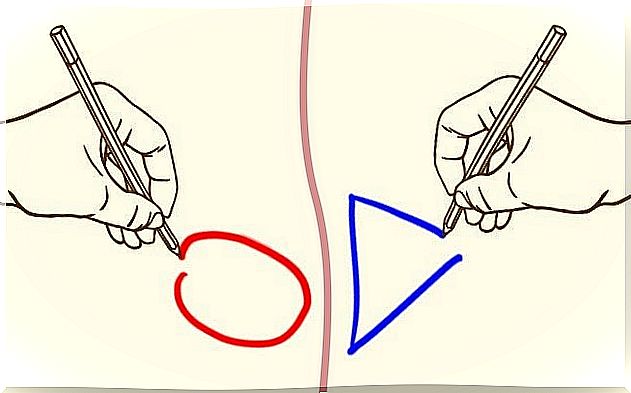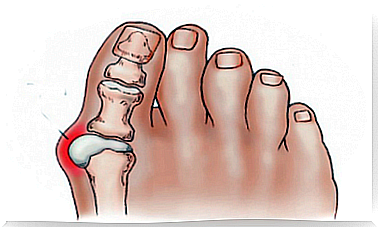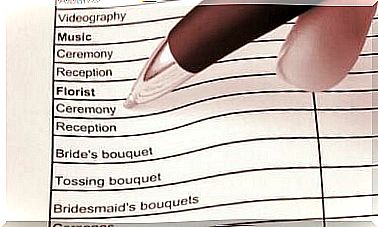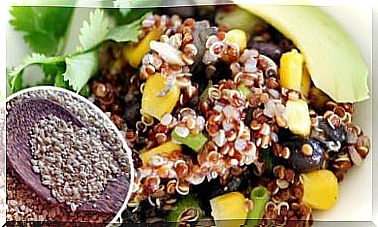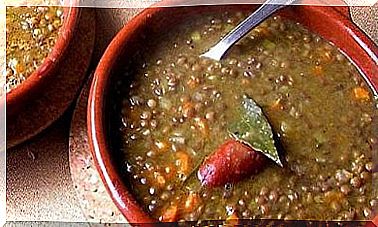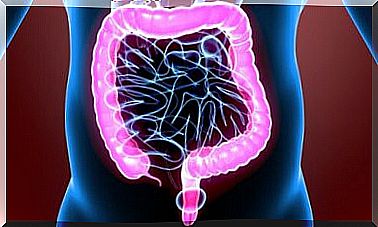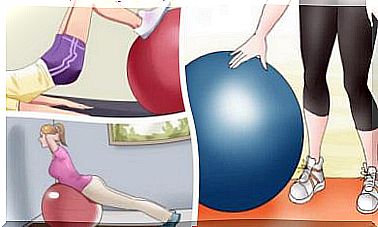4 Exercises To Exercise Your Brain In Old Age
Even if some exercises may seem of little use to you or require effort at the beginning, their usual practice allows you to take care of your mental clarity.
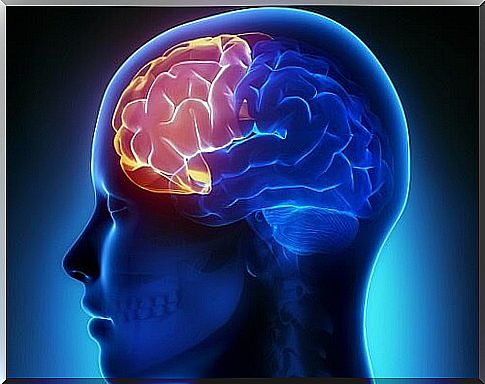
Preserving the good state of health of our mind as well as its clarity to “think well” is necessary to feel good in old age and to preserve its capacity for autonomy. It is fundamental to continue to exercise the brain during old age.
With these four exercises, you will manage not to lose mental clarity.
1. The text of the colors
As you can see in this picture, there is a series of words written with different colors.
- Start by saying aloud the color in which each word is written. Do this until you get to the end of the frame and repeat the same exercise in the opposite direction.
You will thus be able to exercise the two hemispheres of the brain which respond to the perception of text and color.
This exercise may be difficult for you at first but will be very beneficial in preventing diseases such as Alzheimer’s.
Doing this exercise will help you:
- Make new connections between two hemispheres of the brain.
- Train a series of skills such as the ability to concentrate and shifting attention.
2. The Schulte table
To do this exercise, known as the Schulte table, focus only on the number that is in the center.
In addition to focusing on the number 19, you will have another objective: to find the number 1 and then continue with the other numbers in ascending order.
- The best way to do this is to fix your gaze on each new number you find.
- You can help yourself to solve it by drawing a new table with random order of numbers. It will seem easier to you.
Among the benefits you will get is that of increasing the speed of information assimilation, as well as exercising the development of peripheral vision of the brain.
3. Signs with the fingers
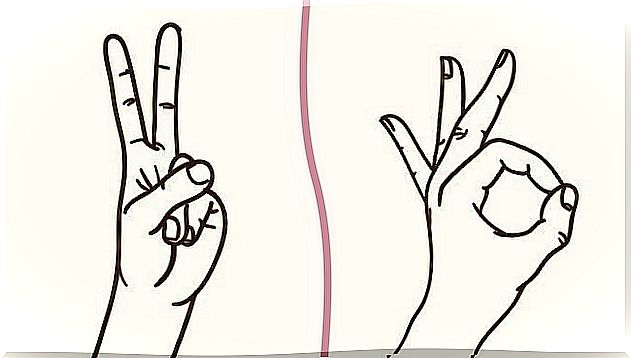
Do a simple exercise with your fingers. It consists in forming, with the fingers of the right hand, the symbol of peace.
At the same time, with the fingers of the left hand, you will have to make the finger “ok”. Then do it backwards and repeat several times.
When you’ve done it with both hands separately, do it simultaneously.
This exercise will help you:
- Increase and train your ability to concentrate.
- Improve attention and the ability to move quickly from one task to another.
These two objectives are not always simple, precisely for a question of synchronization.
4. Practice synchronized writing
Practicing synchronized writing can be of great help if you are looking to exercise your memory and brain.
To do this, you need to get 2 sheets of paper and a pencil in each hand.
- Start by drawing geometric figures with both hands at the same time.
- You can also write letters or words of the same size at the same time.
- The key is that both hands should write simultaneously. Otherwise, the exercise will not be valid.
This activity makes it possible to exercise the brain to do several things at the same time and therefore to activate both hemispheres at the same time.
Other tips for exercising the brain
It is never too much to train your non-dominant hand.
That is to say that you can for example brush your teeth with the left hand if you are used to doing it with the right hand, so that your brain is able to give orders and carry out different actions. to the ones you usually do.
You can also shower and do daily actions with your eyes closed.
Change lanes when you go to work, the store, or other places you frequent often, to activate memory.
Eating well is also essential. Diet plays an important role in strengthening memory.
There are also nutrients that help the brain to work well.
Add foods rich in phosphorus to your diet:
- Cocoa powder
- The egg yolk
- The blue fish
- The almonds
- Dairy products
You can also eat foods rich in potassium:
- Avocado
- The banana
- Wheat germ
- Orange
Finally, don’t forget the ingredients rich in magnesium:
- Sunflower seeds
- The peanuts
- Soybeans
- Whole grains
In addition, it is very important to give the brain the necessary supply of glucose, because it is its engine. Choose slow-absorbing sources of glucose.
